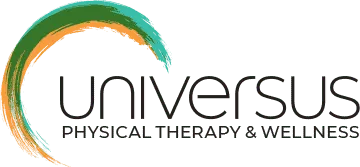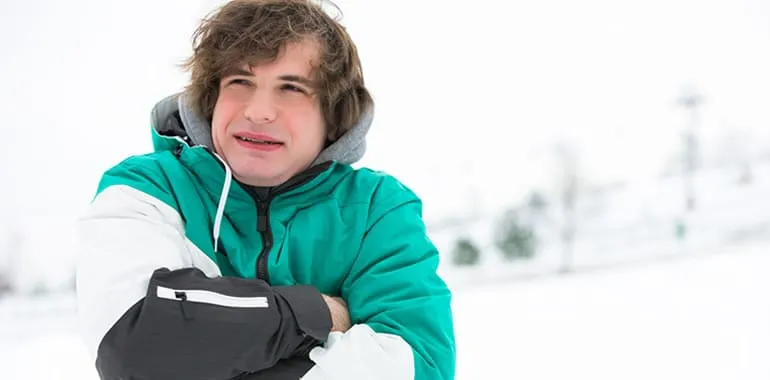This winter’s frigid temperatures could be having one desirable side effect. They may be revving up your metabolism.
Shivering in the cold sparks a series of biochemical reactions deep within the body that alters fat cells and bolsters metabolism, much as formal exercise does, according to a fascinating series of new experiments. The findings intimate that exercise and shivering are related in ways not previously suspected.
For the new study, which was published Tuesday in Cell Metabolism, scientists affiliated with several branches of the National Institutes of Health recruited 10 healthy adult men and women and invited them to the lab on three separate occasions. There, the researchers drew blood and obtained small samples of muscle and fat cells.
During one lab visit, the volunteers completed a short but very intense session of stationary bicycling, riding as hard as they could until they were exhausted. Then, on another day, they rode the bike at a gentle, easily sustained pace for an hour. Throughout these workouts, the laboratory temperature was maintained at a moderate 65 degrees or so.
On their final visit, though, the researchers had each volunteer lie in bed, lightly clad, for 30 minutes as the lab’s temperature dropped from about 75 to a chilly 53 degrees. Monitors were placed on their skin to measure skin and muscle reactions, and by the end of the session, the volunteers were noticeably shivering.
After each session, the scientists gathered more blood and other samples and started checking for changes. In particular, they wanted to see what was happening with the volunteers’ white and brown fat.
Until a few years ago, it was widely believed that adult humans do not have brown fat, a tissue that is metabolically quite active. Unlike white fat, it burns calories and generates heat. Rodents and roly-poly infants harbor plenty of brown fat, which helps to keep them warm, since they are not good at shivering>>. But scientists had thought that after childhood, humans lost their brown fat and substituted shivering to stay warm.
Newer studies, however, have found brown fat stores in humans of all ages. But some people have more brown fat than others. Scientists were unclear why these differences exist, and also why, as a species, we continue to shiver if we have brown fat. Shouldn’t one response or the other be sufficient in the face of cold?
A widely discussed 2012 study in mice seemed at first to provide some clues. In that study, animals that produced more of a hormone called irisin had more brown fat than other rodents. Irisin, the scientists found, was created during muscle contractions, then traveled through the blood to white fat cells, where it actually transformed those blobby cells into desirable, calorie-burning brown fat.
Intriguingly, the study also found, exercise, which involves muscle contractions, inspired an enormous surge in irisin production and, in consequence, the conversion of white fat to brown.
But many scientists were puzzled by these findings. Exercise creates a great deal of heat as working muscle cells burn fuel and generate energy, they pointed out. In fact, in some situations, the body can’t dump the excess heat and heat illness ensues. So why would the body produce a hormone during exercise that would increase body heat still more?
The N.I.H. scientists, however, had a different interpretation. They suspected that the proper question was not why exercise would instigate the production of a hormone like irisin. Instead, they wondered whether irisin production might originally have been sparked by a deeper, older biological process.
And, as their experimental results suggest, shivering might have been that spark. For while the volunteers’ blood levels of an irisin marker were higher after exercise, the markers were just as high after the volunteers had lain quietly in the cold for 30 minutes, not moving except to shiver. What seemed to matter, the researchers concluded, was not the exertion of the exercise, but the contraction of various muscles, which occurred during shivering as well as cycling.
The implications of this finding are subtle but important, said Dr. Francesco S. Celi, now a professor at Virginia Commonwealth University, but who, as an investigator at the National Institute of Diabetes and Digestive and Kidney Diseases, oversaw the experiments.
At one level, they bolster the idea that exercise increases irisin production, leading to larger stores of brown fat in those who exercise. But just as important, the new study also helps to explain why exercise would cause physiological changes that could so significantly increase body heat, he said.
“We think that shivering came first,? Dr. Celi said. In this theory, irisin originally was created by the muscular contractions occurring during shivering and exercise increases irisin production not because it’s exercise, but because it is basically an exaggerated form of shivering.
Unfortunately, there are no indications that exercising in the cold amplifies the production of irisin and brown fat compared with working out in warmer environs, Dr. Celi said. But the new study does suggest that if you can’t get to the gym, at least consider lingering outside at the bus stop and shivering.
Photo by Kentaroo Tryman/Getty Images


